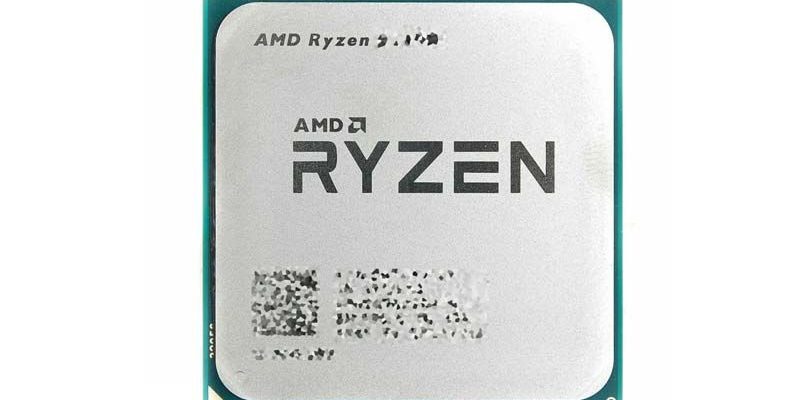AMD is expected to launch Zen 6 Medusa chips equipped with the new architecture and TSMC’s 3nm in 2025.
Announcing the first batch of Zen 5 desktop and mobile processors at Computex recently AMD‘s, Medusa code named Zen 6 The processor is already starting to leak out. According to new leaks, Medusa is scheduled to launch in late 2025, and AMD’s rapid launch cadence is reportedly designed to stay at the top of AI feature lists.
Zen 6 Medusa and Next-Gen CPUs
According to sources speaking to YouTuber Moore’s Law is Dead (MLID), several AMD employees are aware of the new architecture, called Medusa, but opinions differ on what it will entail. According to one source, it will be a product family that includes desktop, mobile, and a mobile halo product. As you may recall, AMD’s desktop products are codenamed “ridge,” while its mobile parts are called “point” and “halo” for ultra-mobile. For Zen 5, we have Granite Ridge and Strix Point. There’s no Strix Halo product in the works yet.
TSMC’s 3nm Process and AMD’s Strategy
The Strix Halo and Zen 6 Medusa appear to be based on TSMC’s 3nm process. The recently announced Zen 5 chips are using TSMC’s N4 process, which is a bit of a surprise since Zen 4 used 5nm, so it was expected that this architecture would switch to 3nm. MLID notes that the Strix Point and Strix Halo were initially designed with a 3nm chiplet architecture. Issues with the chiplets and TSMC’s delays caused that plan to be shelved, so the Strix Point will now be a 4nm monolithic die. However, the Strix Halo could arrive later this year with a 3nm chiplet design to rival Intel’s Lunar Lake, at least in the neural processing unit (NPU) department.
You May Also Like: AMD Takes Huge Leap in Ray Tracing Performance with RDNA 4
AMD is determined to outpace Intel on NPU performance, MLID says, and that’s the driving force behind the launch schedule. AMD has launched its Zen 4 8000-series chips for desktop and mobile devices with only an upgraded NPU in order to stay ahead of Intel’s Meteor Lake chips in the evolving AI arms race. While the NPU in Meteor Lake was capable of 11 TOPS, the XDNA NPU in the Zen 4 8000-series offered 16 TOPS. That number will rise to 48 TOPS for Lunar Lake and 50 TOPS for Zen 5 Strix Point.
Another interesting piece of information from this leak is that AMD is looking to switch to a 3nm I/O die for the Medusa Zen 6. This would be a big change, as Zen 4 and Zen 5 used TSMC 6nm for this chip. Additionally, the leaker notes that the Zen 5 Strix Point was supposed to launch in Q1 of this year, but was delayed by two quarters due to the issues outlined above. The Strix Point Halo was delayed by almost a year, but it has the potential to be a serious competitor to Intel when it arrives.
As always, it’s important to take these types of rumors with a grain of salt. We don’t yet know exactly what AMD has planned for its Halo mobile product or the rest of its Zen 5 Strix Point lineup. Only two CPUs have been announced so far, so there’s clearly a lot more chips to talk about. Intel’s Lunar Lake is also still months away and isn’t expected to launch until Q3 of this year.
